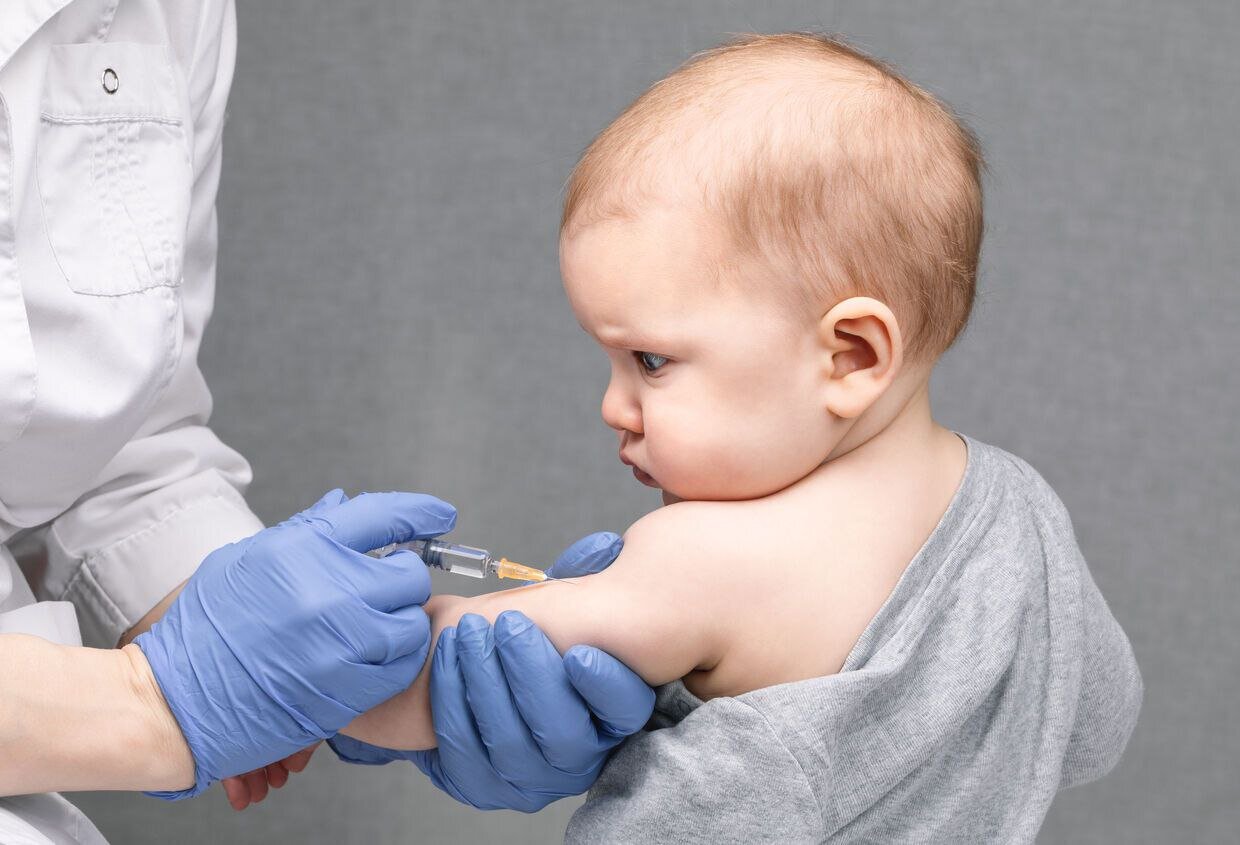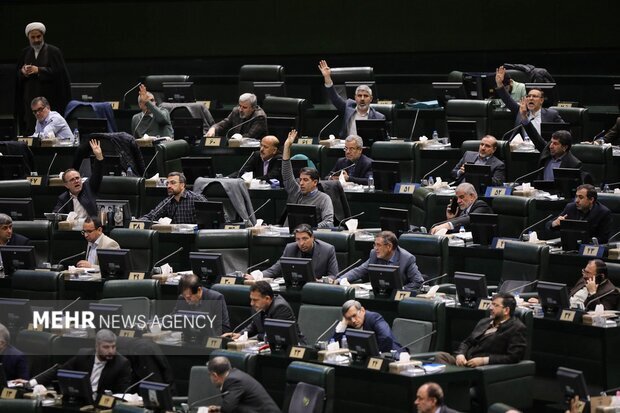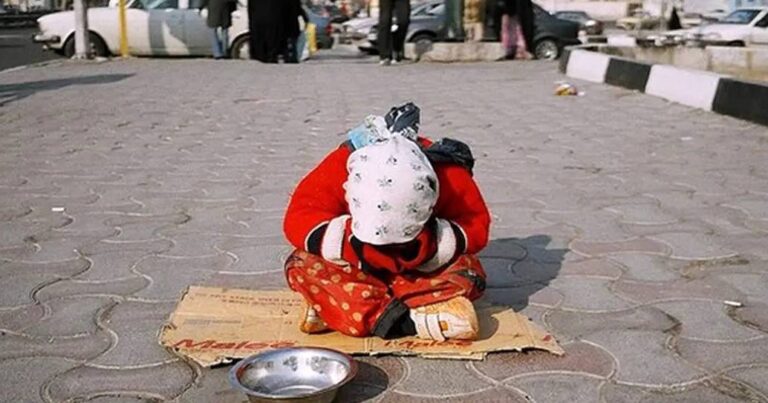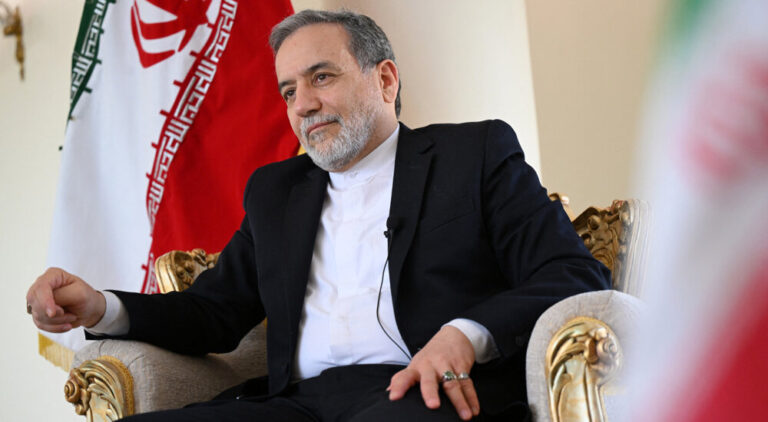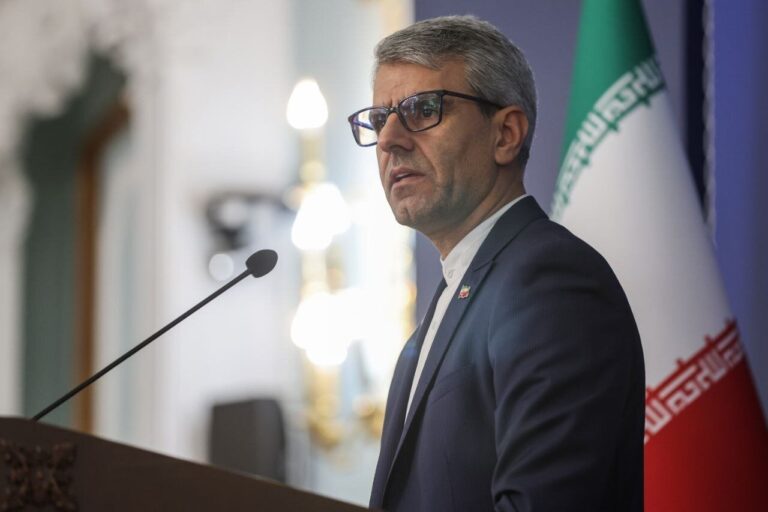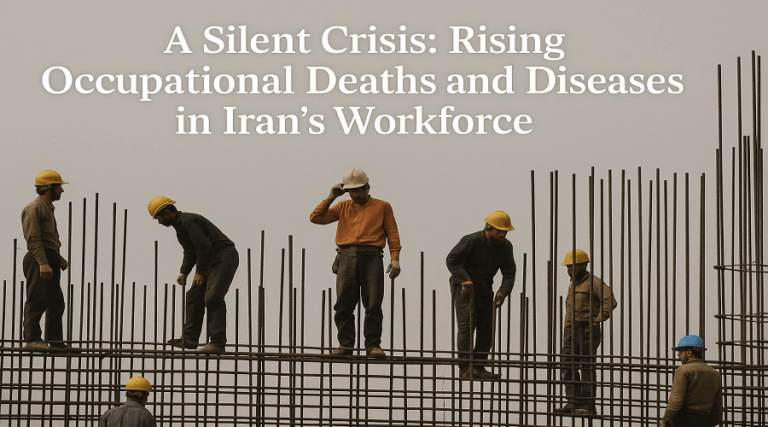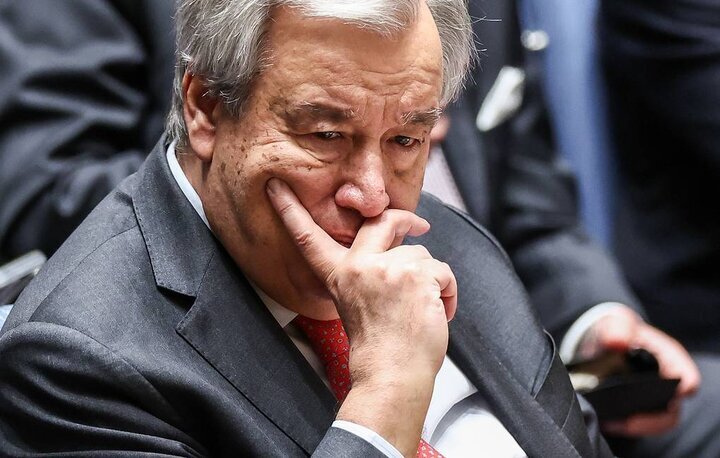Iran to Launch Nationwide Distribution of Indigenous Pentavalent Vaccines
In a significant move to enhance public health, the Iranian health ministry is set to distribute domestically manufactured pentavalent vaccines across the nation starting Tuesday. This pentavalent vaccine is crucial for safeguarding infants against several severe diseases, including diphtheria, tetanus, whooping cough, hepatitis B, and Haemophilus influenzae type B, making it an essential part of the country’s immunization strategy.
The head of the Food and Drug Administration (FDA), Mehdi Pir-salehi, announced this initiative, highlighting the importance of timely vaccine access. He stated, “The distribution of the first shipment of the locally-made five-in-one combination vaccine will officially commence tomorrow, on Tuesday, all over the country.”
Currently, about 800,000 units of the pentavalent vaccine have been produced, with expectations to increase this number to 1.2 million units within the next few days. Pir-salehi emphasized the goal of ensuring comprehensive coverage of the national immunization program, stating, “The Food and Drug Administration will manage and monitor the supply and distribution process around the clock.”
The pentavalent vaccine has been part of Iran’s national vaccination program since November 2014. According to this program, every child is advised to receive the pentavalent vaccine three times, with doses administered at intervals of two months, beginning at the end of the second month of life.
Recent Vaccination Programs
In conjunction with the ongoing polio eradication campaign, approximately 300,000 children under five years of age will receive vaccinations in two phases, specifically targeting high-risk areas in northern Iran this spring. The health ministry has reported that this initiative is part of a broader effort to combat polio, a highly infectious viral disease primarily affecting young children.
- Polio is transmitted mainly through the fecal-oral route or contaminated food and water.
- The virus can invade the nervous system, leading to paralysis.
- Immunization is the most effective prevention method for polio.
The polio vaccine, which has been administered multiple times, ensures long-term protection for children. The Iranian health ministry reported that the first phase of the current vaccination program was conducted from April 12 to 14, with a second phase scheduled for June 17 to 19.
Achievements in Polio Eradication
The polio eradication campaign is one of the health ministry’s notable successes. Initiated in 1994, this supplementary immunization effort has kept Iran polio-free since 2000. However, the situation remains critical in neighboring countries like Afghanistan and Pakistan, where wild poliovirus transmission is still endemic. In 2024 alone, wild poliovirus cases surged by four times in Afghanistan and twelve times in Pakistan compared to the previous year.
To mitigate the risk of polio outbreaks in Iran, the health ministry implemented an annual door-to-door vaccination campaign targeting children under five in high-risk areas. This campaign was executed in two phases with a month in between. The first phase ran from January 4 to 6, while the second phase took place from February 15 to 17. Approximately 840,000 children, including both Iranian and foreign nationals, received polio vaccinations during this initiative in various provinces such as Sistan-Baluchestan, Kerman, Fars, Hormozgan, Bushehr, Khuzestan, South Khorasan, and Yazd.
With the introduction of the pentavalent vaccine and ongoing efforts to combat polio, Iran is taking significant steps to protect the health of its youngest citizens. These vaccination initiatives not only aim to maintain the country’s polio-free status but also to provide comprehensive protection against multiple diseases, thereby enhancing overall public health.
